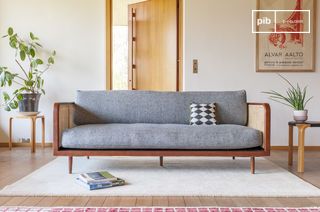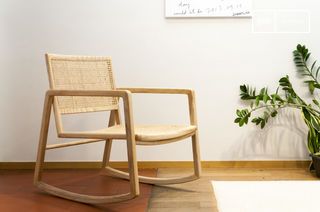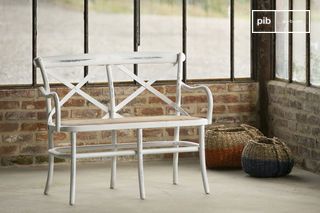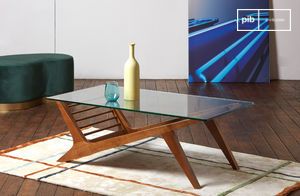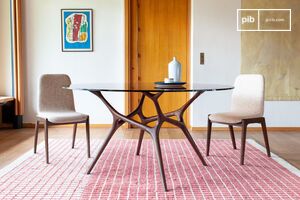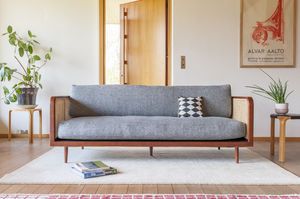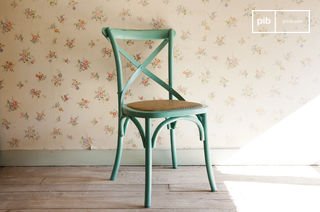Cane
The Cannage category brings together furniture pieces whose surfaces are partially composed of plant fiber weaving. This visible, repetitive openwork is used on backrests, seats or storage doors. The wickerwork allows light and air to pass through, while giving the furniture a stable structure. It is part of a logic of visual simplicity, without loss of functional legibility. Its use is based on the balance between full and empty materials, often combined with solid or painted wood. read more >
Filters
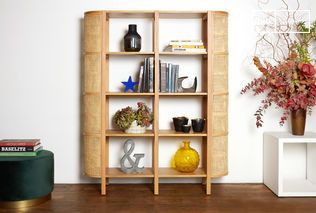
Solid beech and rattan shelfBaerum
£1805 £1210-35%
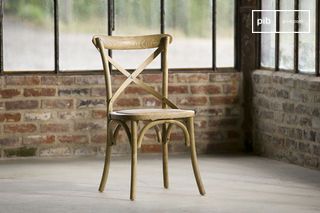
Natural finish wooden chairPampelune
£150 £140-5%
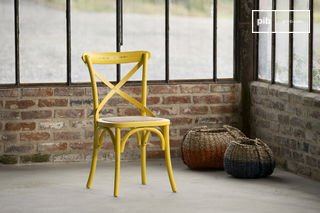
Yellow bistro chairPampelune
£150 £120-20%
Summer Sale
Up to 30% off a wide selection of chairs, furniture, and lighting.
Offer valid while stocks last.
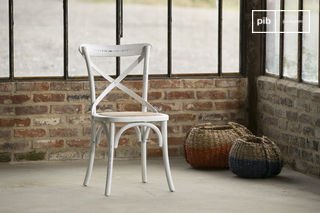
White wood bistro chairPampelune
£150 £140-5%
Best-Sellers

Canework as an openwork surface
Canework is a weaving technique using flexible plant fibers, mainly rattan. In furniture, it comes into play on framed areas, where it replaces a solid surface with an airy structure. The most common pattern is a regular hexagon, but variations exist. Cane is stretched over wooden or metal frames. It maintains mechanical strength while visually lightening the piece. Used as a backrest, it offers comfort while maintaining ventilation. On a furniture door, it partially filters the view and contents.
Visual effects and uses according to volumes
Visually, cane introduces a rhythmic, regular reading. It captures surface light, produces cast shadows, and plays on transparency. Its use creates a visual break in a piece of furniture or a wall, without completely partitioning it. The openwork pattern gives a lighter feel to the object, particularly in small or heavily furnished spaces. Cane is often used for low furniture, chair backs, headboards or partition panels. Its integration depends on the proportion between solid and openwork areas.
Material combinations and care logics
Wood cane is mostly combined with wood, in natural or dark shades. It can also be integrated into a painted metal or brass structure. Its plant-like character requires a stable environment: it fears excessive humidity, direct heating and prolonged stress. It can be dry-cleaned or lightly dusted. A well-stretched cane will remain functional for many years, but can become slack if exposed to severe climatic conditions. It is therefore preferable to use it in temperate, well-ventilated rooms.
The *Cannage* category offers pieces where the void plays an active role in the perception of the object. This vegetal weave balances masses, filters light and structures a space without excessive rigidity.
The *Cannage* category offers rooms where emptiness plays an active role in the perception of the object
